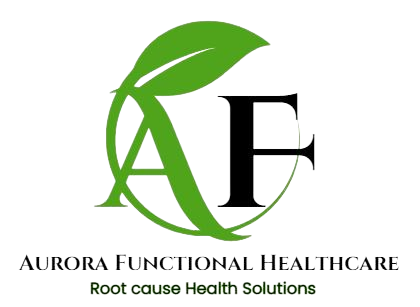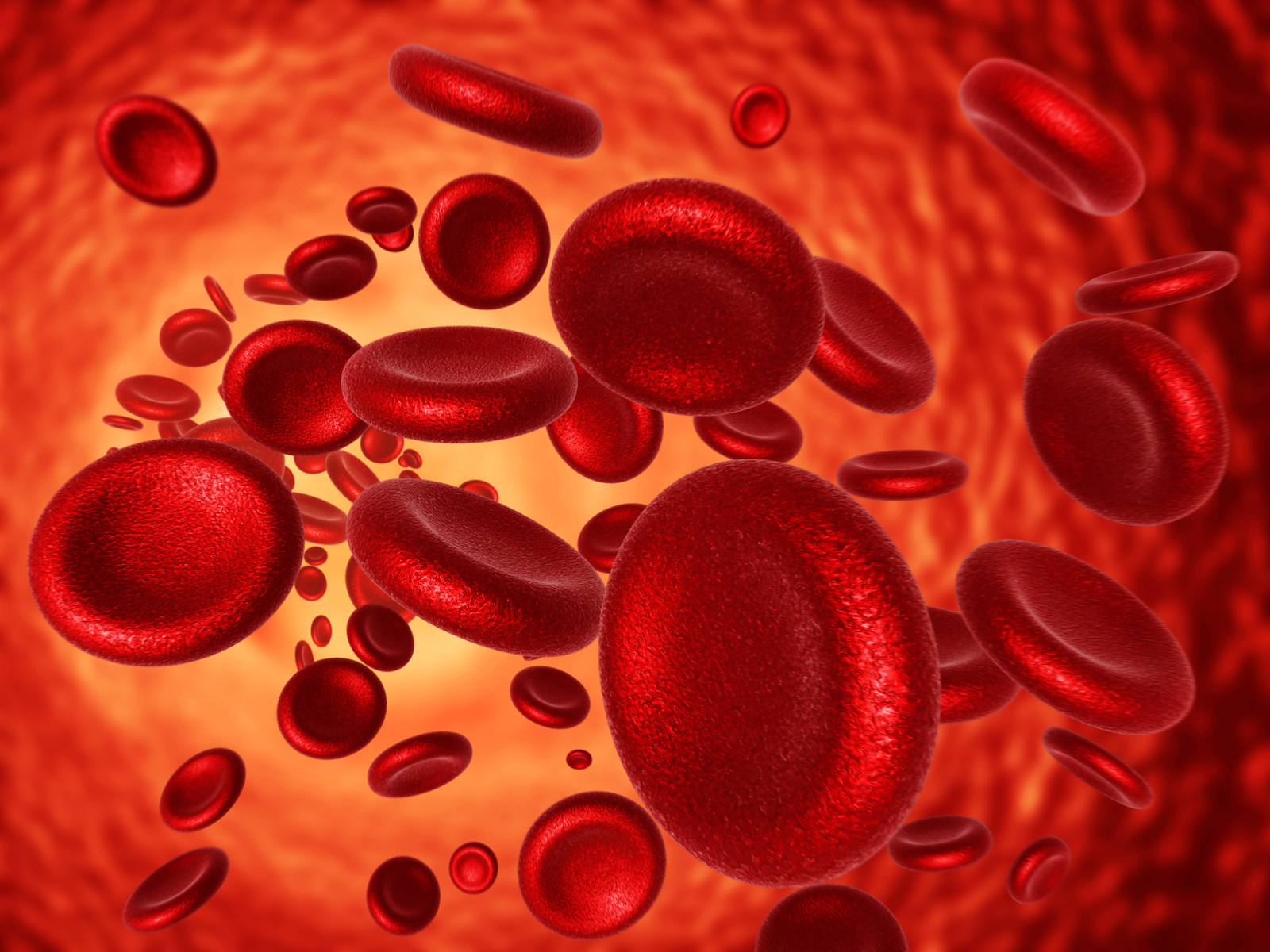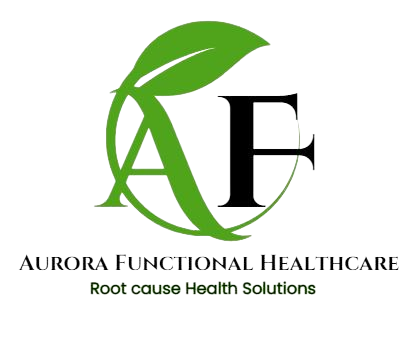Natural Pain Management
Holistic Approaches to Relief
By Dr. Robin Sallee

Pain is a universal experience, yet many people seek alternatives to conventional medications due to concerns about side effects, dependency, or personal preferences. Fortunately, natural pain management methods can provide effective relief while supporting overall well-being. Here are some holistic approaches to managing pain naturally.
1. Herbal Remedies
Many herbs have powerful pain-relieving properties. Some of the most effective include:
Turmeric – Contains curcumin, which has anti-inflammatory and analgesic effects.
Ginger – Known to reduce muscle pain and stiffness.
Willow Bark – Acts similarly to aspirin in reducing inflammation and discomfort.
Peppermint Oil – Useful for headaches and muscle pain when applied topically.
2. Acupuncture
A key component of traditional Chinese medicine, acupuncture involves inserting thin needles into specific points on the body to stimulate natural pain relief mechanisms. It is commonly used for chronic pain conditions such as arthritis, migraines, and lower back pain.
3. Massage Therapy
Massage can help alleviate pain by improving circulation, reducing muscle tension, and promoting relaxation. Deep tissue massage and trigger point therapy are particularly effective for chronic pain conditions.
4. Mind-Body Techniques
Stress and anxiety can exacerbate pain, making mind-body practices valuable tools for relief.
Meditation – Helps reduce the perception of pain and promotes relaxation.
Yoga – Enhances flexibility, strength, and mindfulness to ease discomfort.
Breathing Exercises – Techniques like diaphragmatic breathing can alleviate tension and pain.
5. Diet and Nutrition
A healthy diet can significantly impact inflammation and pain levels. Consider these dietary approaches:
Anti-inflammatory foods – Such as leafy greens, berries, fatty fish, and nuts.
Hydration – Staying well-hydrated supports joint and muscle function.
Avoiding processed foods – Reducing sugar, refined carbs, and trans fats can help lower inflammation.
6. Essential Oils
Aromatherapy and topical use of essential oils can provide relief from various types of pain.
Lavender Oil – Has calming properties that ease tension headaches.
Eucalyptus Oil – Effective for muscle soreness and joint pain.
Clove Oil – Useful for dental pain and inflammation.
7. Exercise and Movement Therapy
Low-impact exercises can help improve mobility and reduce pain.
Swimming – Provides resistance training while being gentle on the joints.
Tai Chi – A slow, meditative movement practice that enhances balance and reduces stiffness.
Walking – A simple yet effective way to increase circulation and relieve pain.
8. Heat and Cold Therapy
Applying heat can relax muscles and improve blood flow, while cold therapy can reduce inflammation and numb pain. Alternating between hot and cold treatments can be particularly beneficial for injury recovery.
9. Chiropractic Care
Spinal adjustments and manual therapies can help alleviate back pain, headaches, and joint discomfort. A qualified chiropractor can assess misalignments and correct imbalances to restore comfort.
10. Sleep and Rest
Quality sleep is essential for healing and pain relief. Establishing a bedtime routine, avoiding stimulants before bed, and using a supportive mattress can enhance sleep quality and reduce discomfort.
Final Thoughts
Natural pain management offers a variety of effective, holistic approaches to relief. While these methods can significantly improve well-being, it is always important to consult with a healthcare provider to ensure safety and appropriateness for your specific condition. By incorporating natural remedies, lifestyle changes, and mindful practices, you can take control of your pain and enhance your overall health.
Aurora Functional Healthcare















